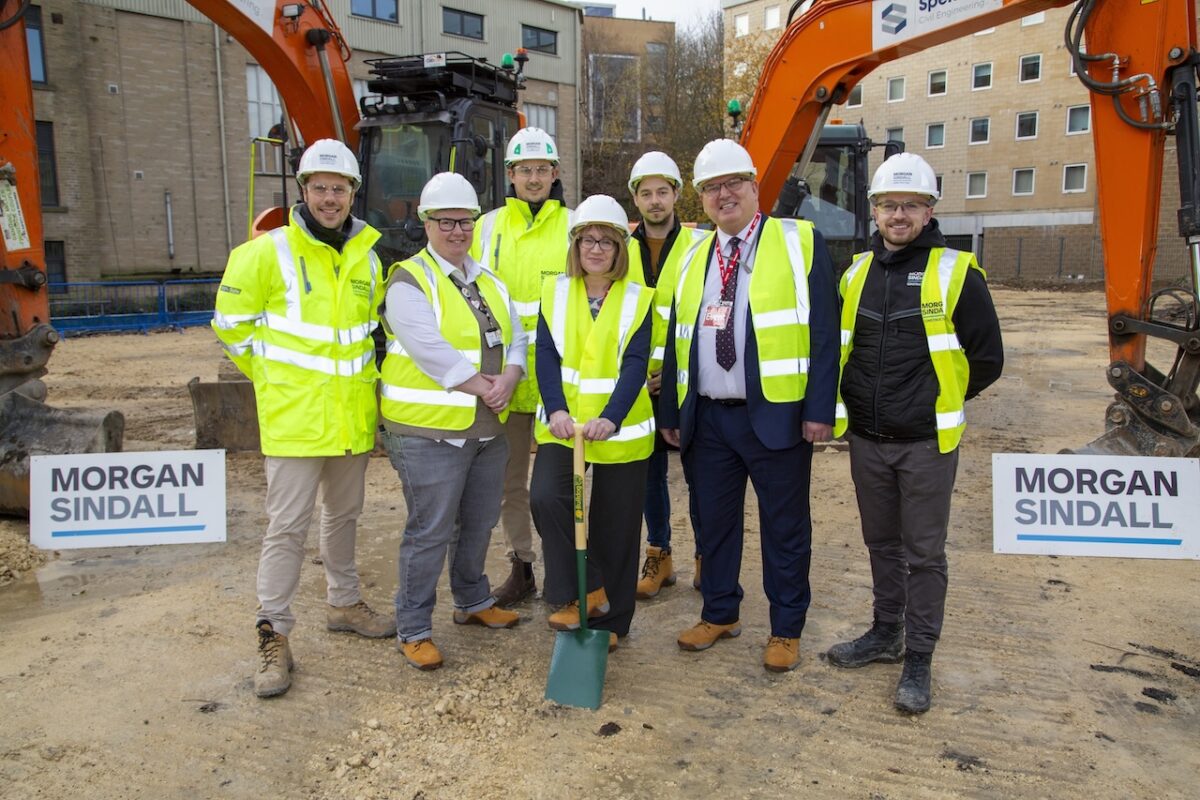February jobs figures: A record breaking month, driven by disabled people and full-time work

ONS labour market statistics: businesses hiring again as confidence grows
The UK jobs market grew in the three months to December with nearly 33 million people in work, a new record, according to new figures from the ONS. The employment rate grew to a high of 76.5%, 0.6% higher than last year and 0.4% higher than the previous quarter. The unemployment rate remains at 3.8%, 0.2% lower than the same period last year.
The number of job vacancies increased by 7000 to 810,000, the first quarterly increase for more than a year. The Recruitment and Employment Confederation’s latest Report on Jobs and JobsOutlook surveys showed that employers are now making more permanent hires as confidence in the economy rose following the December election.
Sophie Wingfield, Head of Policy and the Recruitment and Employment Confederation, said:
“Today’s figures show a jobs market that is growing in confidence, putting record numbers of people in work. That’s great news for recruiters and the economy. Following a year of political and economic uncertainty, businesses are putting into action the ambitious hiring plans they had previously been cautious to press go on. The challenge now is to keep this momentum going.
“The government should take care in what is a crucial ten months ahead. Delaying the ill-conceived IR35 tax changes to 2021 to ensure they can be properly and fairly implemented is extremely urgent. The flexible labour market is already being stifled, and that’s not good for employers or our economy.
“Today’s increase in vacancy numbers means that as businesses start to look for more staff, an evidence-based immigration system will be crucial to supplying the skills that are needed across the economy. A sensible immigration plan that allows employers to recruit from abroad for sectors such as construction, health and technology where skills shortages are high is essential.”
Tom Hadley, director of policy and campaigns at the REC, said:
“Businesses across the country have grown more confident since the election. With more certainty about what lies ahead in the short term, many have taken the opportunity to start hiring again.
“Now that demand for staff is on the rise and the majority of employers have little or no spare capacity in their workforce, staff availability is the major challenge.”
Tony Wilson, Director of the Institute for Employment Studies, said:
“Today’s jobs figures, reporting on October to December 2019, show that the labour market ended the year in fine form – with record high employment, falling unemployment and a new record low for ‘economic inactivity’ (the measure of those out of work and neither looking nor available for work).
“Employment rose by 340 thousand on the year, driven in particular by full time, permanent work – with both part-time and temporary employment falling. And while earnings growth was subdued last month, with vacancies showing signs of picking up and employer confidence rising, the outlook for the labour market in 2020 is looking positive.
“There is also good news on employment of disabled people, with the quarterly figures released today showing that employment increased by 440 thousand among disabled people last year, to 4.36 million – while employment of non-disabled people actually fell over the last year by 110 thousand. As a consequence, the ‘gap’ in employment rates fell in the last year, from 30 to 28 percentage points. Nonetheless with just 54% of disabled people in work, compared with over 82% for those without an impairment, disabled people remain more than two-and-a-half times more likely to be out of work than their non-disabled peers.
“Data on employment by ethnicity was also published today, and here the news has been less positive. While employment grew for both white people and those from ethnic minority groups, the growth in the employment rate was twice as large for the former as the latter. As a consequence, the gap in employment rates between white people and ethnic minority groups has actually grown over the last year, from 11.2 to 11.5%.
“There was also mixed news on age and employment today. While the last year saw welcome, continued growth in employment of older people – accounting for two thirds of all employment growth, driven particularly by older women – employment of young people has fallen slightly on the year, by 40 thousand. Nearly one million young people, outside of education and not in work, are continuing to miss out on the labour market recovery.
“Another group missing out on the recovery has been those with health conditions, and perhaps the most worrying sign in today’s figures has been a continued growth in economic inactivity due to long-term ill health – which now stands at 2.08 million, up from two million a year ago. With nearly two million inactive people stating that they want to work, unemployment at record lows and an increasingly tight labour market, how we support those furthest from work will be an increasing economic and social priority in the year ahead.”
Kay Cooper, Managing Director, EMEA RPO at Korn Ferry said:
“With employment levels continuing their upwards journey to a new record high and unemployment remaining stubbornly low, any UK business looking to bring new talent in faces a significant challenge. While the war for talent has been raging for at least 30 years, these UK conditions intensify the competition. In this environment, businesses need to think differently about how they get the right people onboard to drive success.
“There isn’t a quick fix for this challenge, and businesses need to think strategically about talent acquisition to compete. One tactic they can pursue is to make better use of the resources they already have, driving a learning and development agenda that enables employees to smoothly reskill and retrain so that they can be quickly deployed where there is a shortage. This cross-pollination of staff not only helps businesses to address urgent requirements, but also helps them to develop people who are well-rounded and have a broad experience of the business.
“UK businesses are operating in a dynamic environment, where nothing is certain and change is everywhere. To succeed on this shifting territory, firstly they simply need to be working with a full house; persistent vacancies are a drag that undermine the business. But secondly, they need access to different skillsets and thinking – and tapping into underutilised talent pools is a good way to achieve this. Becoming more flexible in how they approach the working environment and employment structures is vital for attracting people from these pools.”
Jason Fowler, HR Director at Fujitsu:
“While it’s good to see that UK businesses are growing in confidence when it comes to hiring new staff, there are still serious concerns around finding enough talent to fill permanent vacancies. Although many organisations are increasingly prioritising training and re-skilling their staff to fill these roles and address the UK’s growing skills gap, it’s clear that enough isn’t being done to get the necessary numbers of staff into the workforce.
Labour market economic commentary: February 2020
Additional economic analysis of the latest UK labour market headline statistics and long-term trends for February 2020.
Documents
Labour market economic commentary: February 2020
https://www.ons.gov.uk/releases/labourmarketeconomiccommentaryfebruary2020
Details
Official statistics are produced impartially and free from political influence.
Published 18 February 2020











Responses